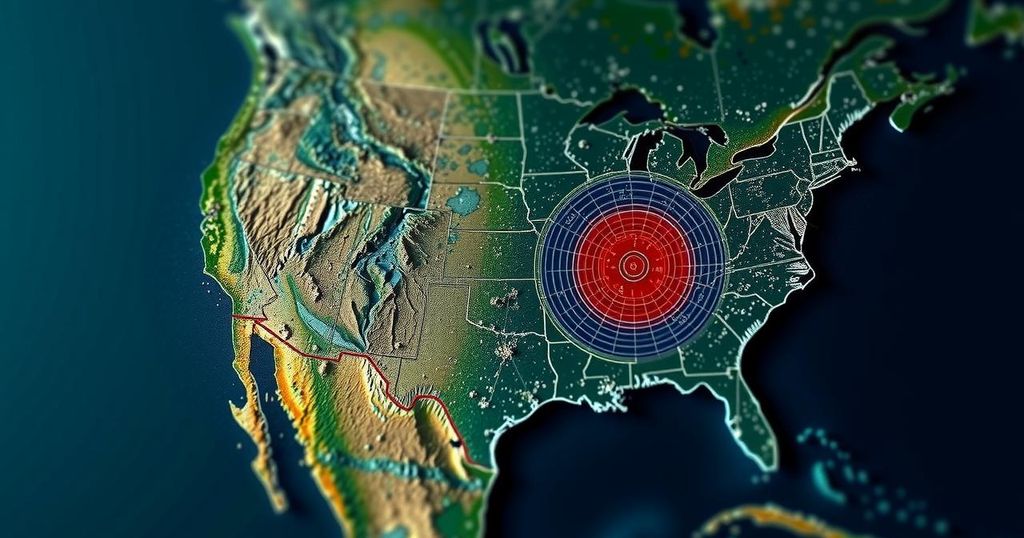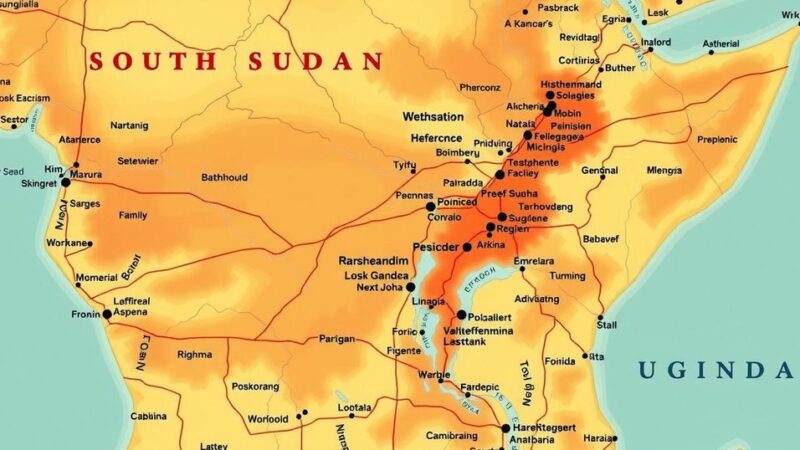On November 5, 2024, a 4.8-magnitude earthquake occurred in Pāhala, Hawaii. This followed a series of quakes in regions including California, Missouri, Chile, and Greece. The events highlight the importance of monitoring seismic activity in vulnerable areas.
On November 5, 2024, the United States Geological Survey (USGS) reported a 4.8-magnitude earthquake in Pāhala, Hawaii, occurring at a depth of 38.4 kilometers (approximately 23.9 miles). This seismic event generated considerable interest, receiving over 500 reports from individuals who felt the tremor. This event followed a series of Earth disturbances, notably a smaller 3.3-magnitude quake in Anza, California, the previous day, occurring at a depth of 12.1 kilometers (about 7.5 miles). Moreover, the seismic activity in California came on the heels of a 4.3-magnitude earthquake in Chile and additional quakes on the same date. In Missouri, a 3.7-magnitude earthquake was recorded at a depth of 10.5 kilometers (approximately 6.5 miles), while Greece experienced a 5.3-magnitude quake at a depth of 10.0 kilometers (approximately 6.2 miles). This wave of seismic activity aligns with recently observed trends in various regions. Interestingly, just prior to these events, a significant 6.0-magnitude earthquake struck Windsor, Oregon, followed shortly by several minor quakes in California, including multiple tremors in Lompoc. Recent seismic activity in California has raised awareness of its geological instability, prompting the USGS to closely monitor conditions in the region, given the interconnectedness of these events across the Pacific region.
This recent uptick in seismic activity has garnered significant attention from both geological experts and the general public. The United States Geological Survey plays a critical role in monitoring and reporting these earthquakes, providing timely updates that inform residents and officials about seismic safety measures. Various factors contribute to earthquakes, including tectonic plate movements and volcanic activity, making it essential for officials and researchers to remain vigilant in their monitoring efforts.
The recent 4.8-magnitude earthquake in Hawaii is part of a broader pattern of seismic events affecting various regions, including California, Missouri, Chile, and Greece. This sequence of earthquakes underscores the importance of geological monitoring and preparedness in seismically active areas. The data provided by the USGS is vital for understanding the implications of these disturbances and ensuring public safety.
Original Source: www.iheart.com






